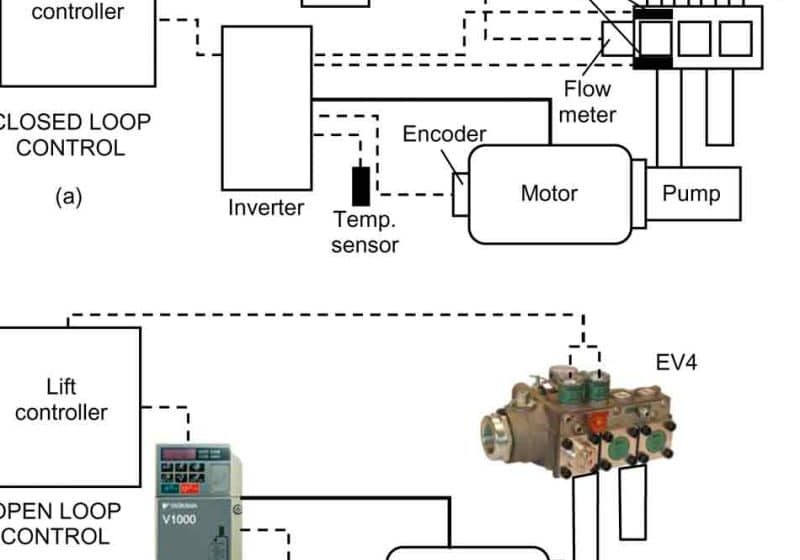The Handbook of Smoke Control Engineering by John H. Klote, James A. Milke, Paul G. Turnbull, Ahmed Kashef and Michael J. Ferreira discusses smoke control engineering, myths about stack effect and the challenges of elevator pressurization. According to Klote, it is designed to enable engineers and other professionals to access information quickly. Earlier books on the subject were used primarily as textbooks; however, a handbook format was chosen to make it more useful to design engineers and includes an appendix of derivations of equations. Though redundancy is minimal, some is used to make each section and chapter independent, which allows readers to search for specific information.
The 24-chapter handbook spans 484 pages and includes topics such as units and properties, climate design data, notes on sustainability, flow of air and smoke, pressurized elevators, elevator evacuation systems and full-scale fire testing, among other subjects. It includes all information from Klote’s previous texts, in addition to new topics and various example calculations. Since there is no introductory chapter, the fundamental material is featured in the earlier chapters, with applied material in later chapters. The handbook is published by the American Society of Heating, Refrigerating and Air-Conditioning Engineers in cooperation with the International Code Council, National Fire Protection Association and Society of Fire Protection Engineers. In the Preface, Klote explains how the book is primarily for designers but will likely be of interest to other professionals, such as architects, code officials, researchers, etc. It is available for purchase online: www.elevatorbooks.com.
Get more of Elevator World. Sign up for our free e-newsletter.








